Erwin Olaf x Ruinart
Berlin
As part of their annual art collaboration series, Ruinart gave carte blanche to Dutch artist Erwin Olaf. The task: to depict the essence of the champagne house in a piece of art. The result: a photographic series that just premiered at me Collectors Room during Gallery Weekend Berlin. Entitled Light, the nine pictures on view, literally shed light on Ruinart’s crayères. Erwin Olaf captured the human marks that grace the cellar of the champagne house. The black-and-white photographs remind of scribbles of Lascaux’s caves, the abstract art of Soulages and the graffiti photography of Brassaï while making a personal reference to Erwin Olaf’s time when he used to work with a Hasselblad camera.
We met up with Erwin Olaf and talked his process, inspirations and the future of photography.
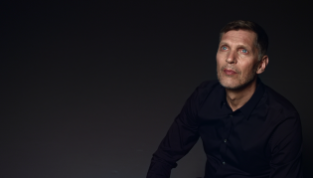 Wertical: The works for your collaboration with Ruinart are quite dark while the title is Light.
Wertical: The works for your collaboration with Ruinart are quite dark while the title is Light.
Erwin Olaf: Light is quite an ironic title given that the series has been captured in a dark cellar. The initial idea was to reflect on the history of the Ruinart house with the theme light, but as there is no light without darkness, I concentrated on the cellar and not on the beautiful champagne process from the sunny vineyard to the glass bottle. I was therefore challenged to create a series of art photography. Art is something that is close to the heart of its maker, its creator. And therefore I created a really emotional series that is close to my heart, that is thoroughly part of my oeuvre.
WE: How did you start your work on Light?
EO: Instinctively I went for photography since it is the medium I am usually working with. We took the crayères as a set in the same way I have done it in Berlin in 2012 when I used the city’s architecture as a décor for my Berlin series. Yet, after one and a half days of shooting with models and a whole team, it felt like I was carrying a backpack full of stories. It was not working the way I expected it. I was disappointed. I went for a walk and suddenly saw all the human and natural traces – engravings, paintings, drawings – from a new point of view. I needed to capture them. I went back to the shooting, asked for a break, took my assistant with me, a little camera and we quickly shot some pictures of the wall in black and white just like I was doing in the beginning of my career. It was a really intimate process. Shortly after, I had a meeting with Frederic Panaiotis, The CEO of Ruinart. I showed him the first photos I took, he found them interesting but he also felt, there was something missing. Then I showed him the pictures of the crayères and he was directly thrilled.
WE: An happy incident coincidentally loaded with a lot of references to art history.
EO: Yes, indeed. An older artist taught me once that we cannot create without standing on the shoulders of the past generations. I embraced that idea.
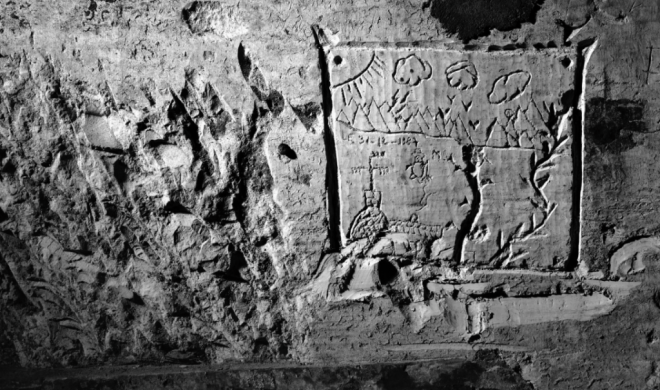
WE: This definitely helped to continue working on the idea you have first not been sure about.
EO: Yes, and now I love it, because it is so close to painting. As much as I love photography, we cannot express the same than with an expressionist painting. The surface, the texture, always made me jealous of the art of painting, of the emotion contained in the texture. This is a feeling you can only get with painting. Of course you can choose different papers, but you will always have the limitation of the photography. Photography is a fantastic medium for me it feels like a gloves but I sometimes have the feeling that with art and painting in particular you can create more emotion. It is far less indirect. Yet, for me it is the best medium to express myself. I just rebuilt a dark room in my studio. It is my way of meditate. In photography you have three phases. There is the idea, then comes the execution and finally there is the printing which is really a big part of the process. I personally give 20% to the idea, 30% to the execution and 50% to the development. Because of the emotion of the printing process, this is where the magic happens.
WE: How did and will evolve your practice over the years?
EO: I am really inspired by the age we are living in right now which is all about mass media and reproduction. There are thousands of pictures printed each day, so what does visual mean nowadays? This reformulation is a core of the last part of my career. I am 57 now and the way I do photography changed a lot. My last photography series Skin Deep that that opened during Gallery Weekend Berlin 2016 at the Galerie Wagner + Partner in Berlin at is accompanied by two sculptures made from 3D photography. I made 2D pictures of two of my very good friends that have then been 3D printed in marble from Carrara. This technique captures so many details. Even the cellulite of the woman’s tight is visible. Each emotion on the man face are so real. It will certainly be the next step in photography. As I don’t know how my work will be in some years, all I can do is experience.
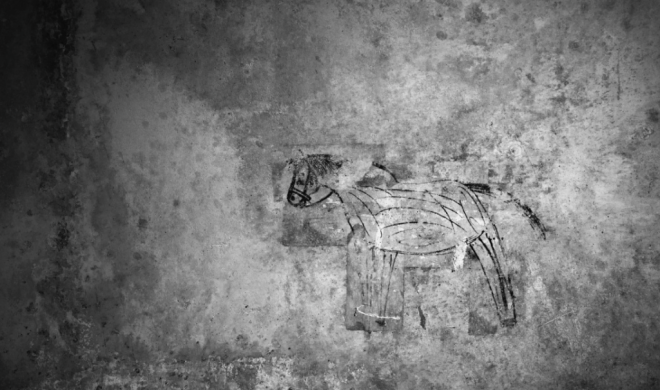
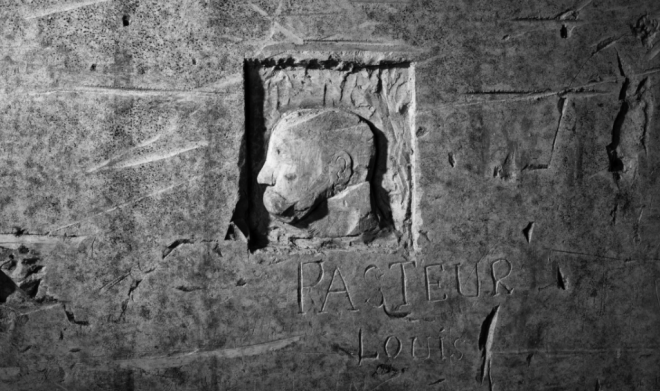
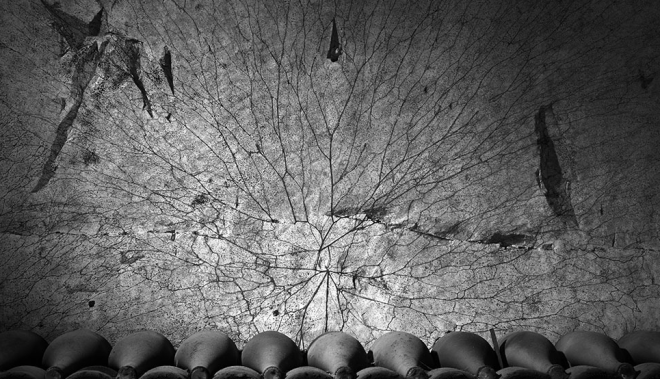
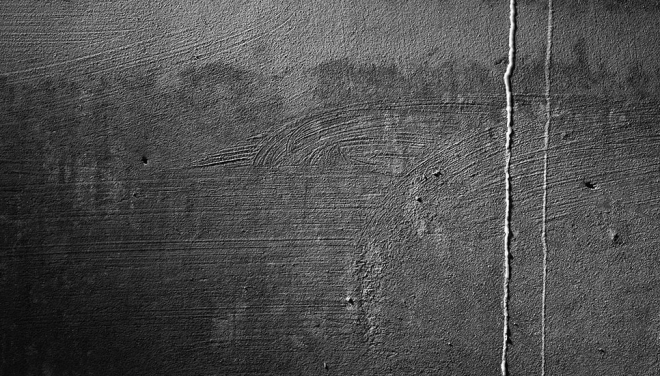
Archive
- Dezember 2016 (1)
- Oktober 2016 (3)
- September 2016 (24)
- Juli 2016 (20)
- Juni 2016 (24)
- Mai 2016 (18)
- April 2016 (18)
- März 2016 (21)
- Februar 2016 (11)
- Januar 2016 (20)
- Dezember 2015 (20)
- November 2015 (37)
- Oktober 2015 (30)
- September 2015 (24)
- August 2015 (4)
- Juli 2015 (30)
- Juni 2015 (9)
- Mai 2015 (17)
- April 2015 (23)
- März 2015 (18)
- Januar 2015 (8)
- Dezember 2014 (1)
- November 2014 (3)
- Oktober 2014 (10)
- September 2014 (4)
- August 2014 (2)
- Juli 2014 (3)
- Juni 2014 (2)
- Mai 2014 (5)
- April 2014 (11)
- März 2014 (12)
- Februar 2014 (13)
- Januar 2014 (10)
- Dezember 2013 (5)
- November 2013 (13)
- Oktober 2013 (24)
- September 2013 (18)
- August 2013 (26)
- Juli 2013 (13)
- Juni 2013 (35)
- Mai 2013 (44)
- April 2013 (49)
- März 2013 (61)
- Februar 2013 (54)
- Januar 2013 (46)
- Dezember 2012 (50)
- November 2012 (58)
- Oktober 2012 (62)
- September 2012 (61)
- August 2012 (63)
- Juli 2012 (64)
- Juni 2012 (61)
- Mai 2012 (63)
- April 2012 (51)
- März 2012 (67)
- Februar 2012 (37)



